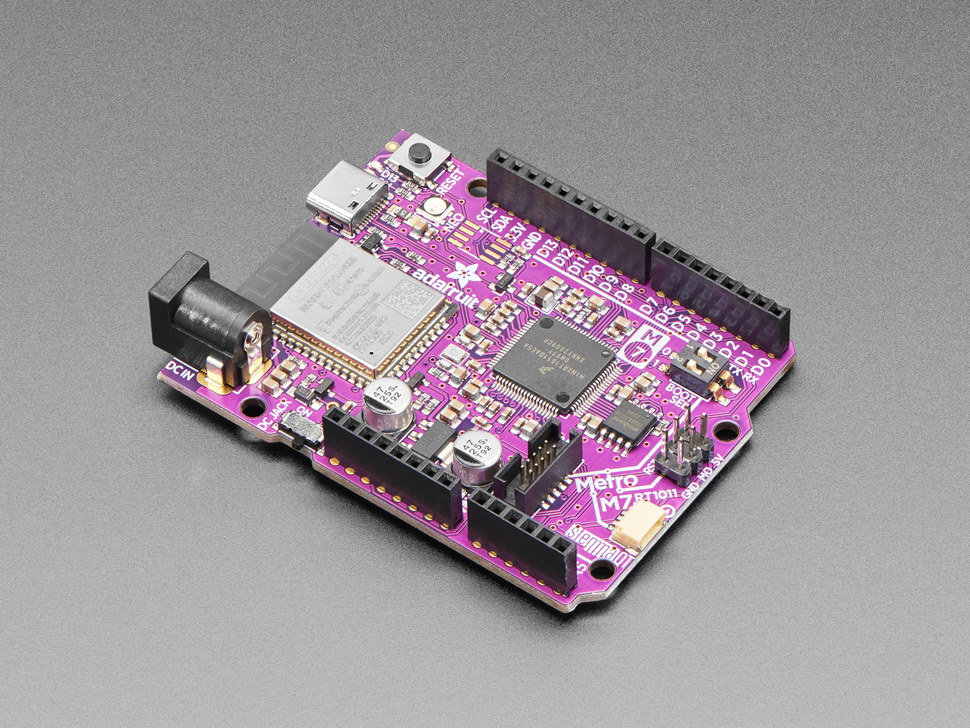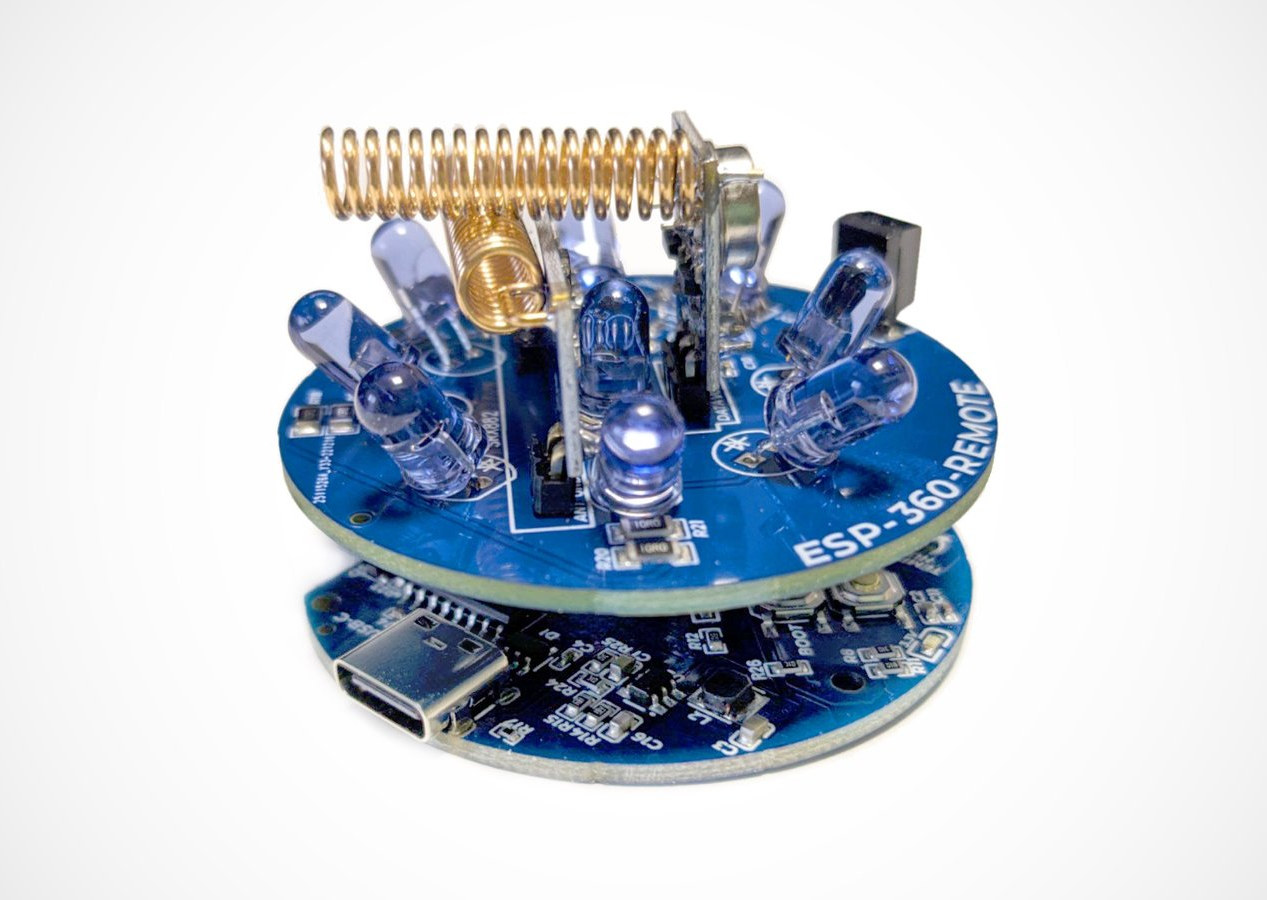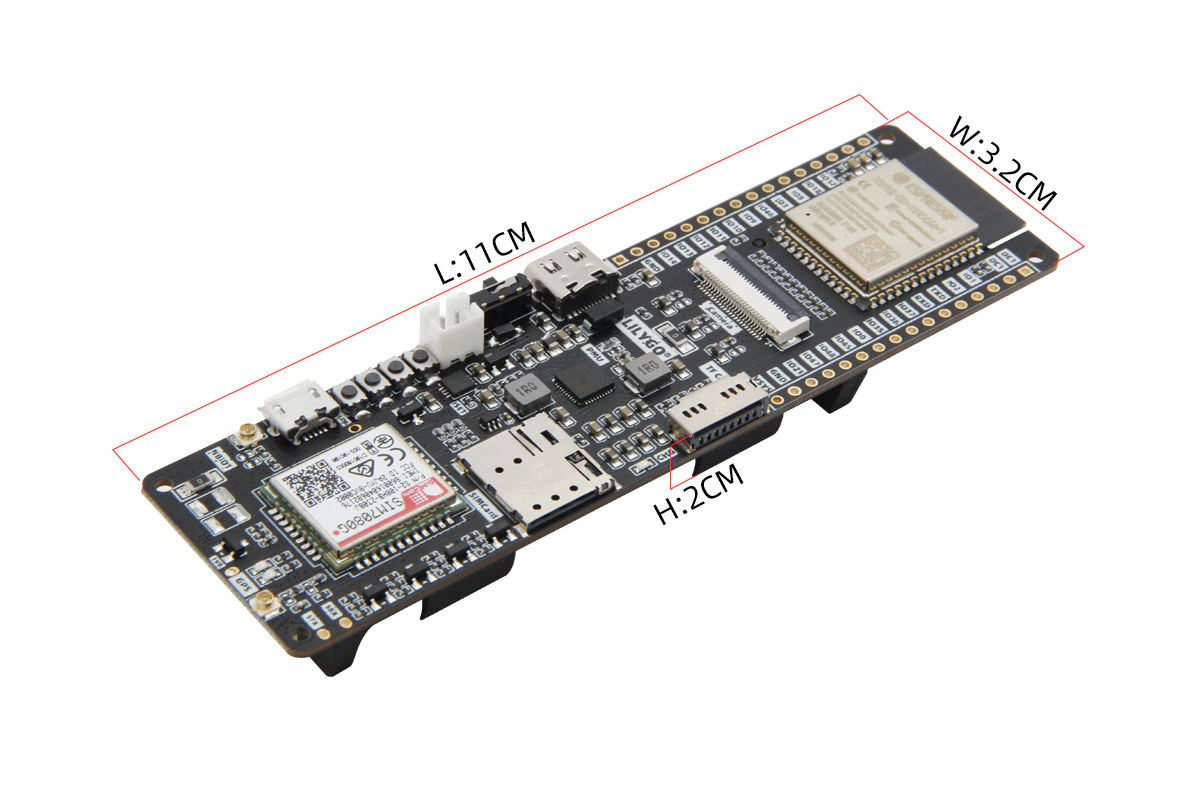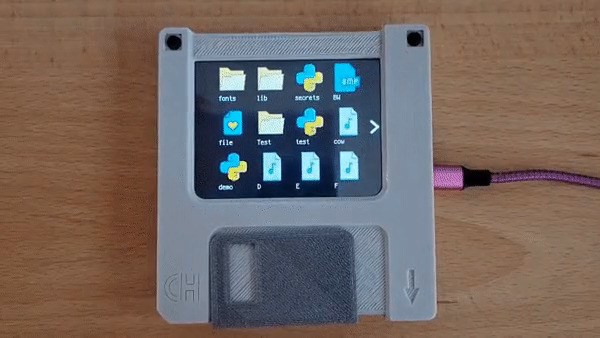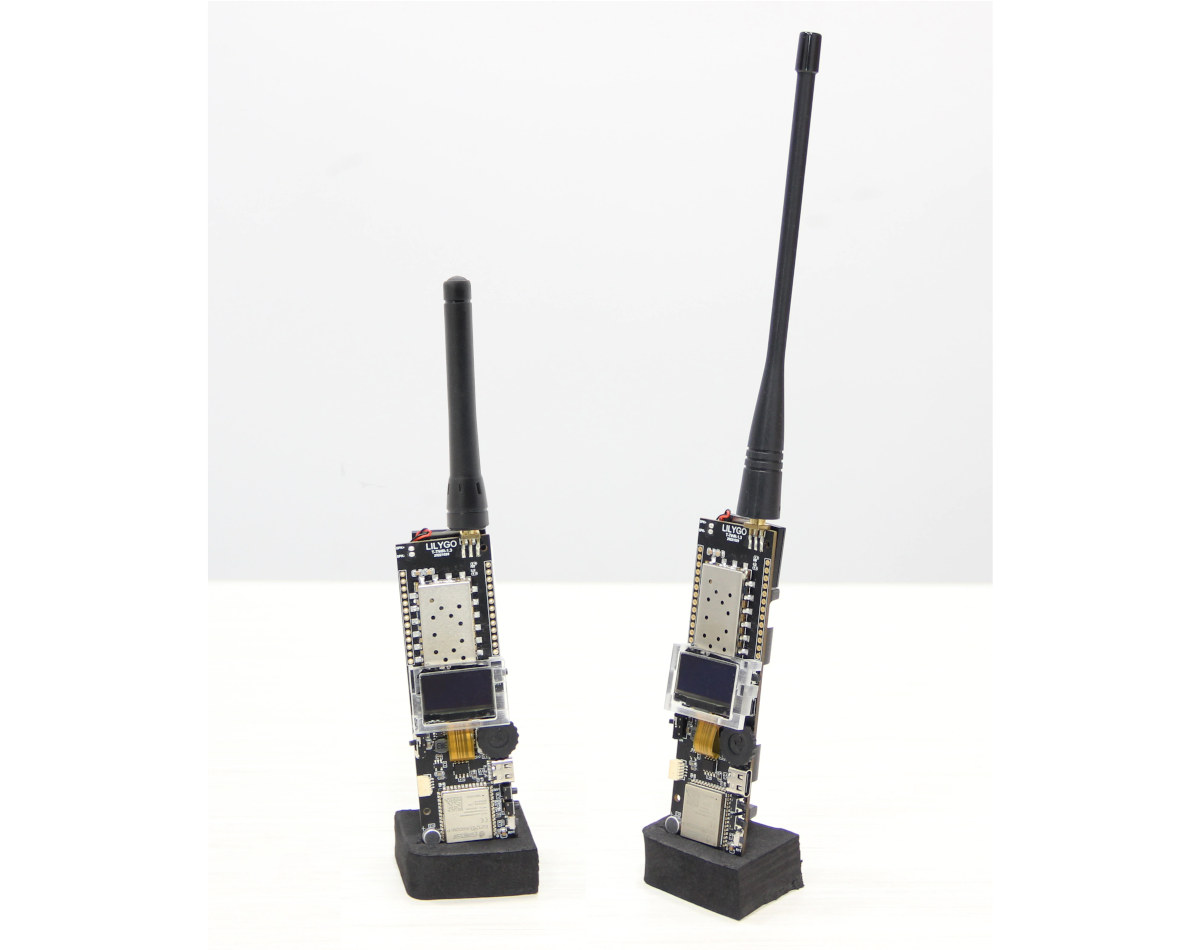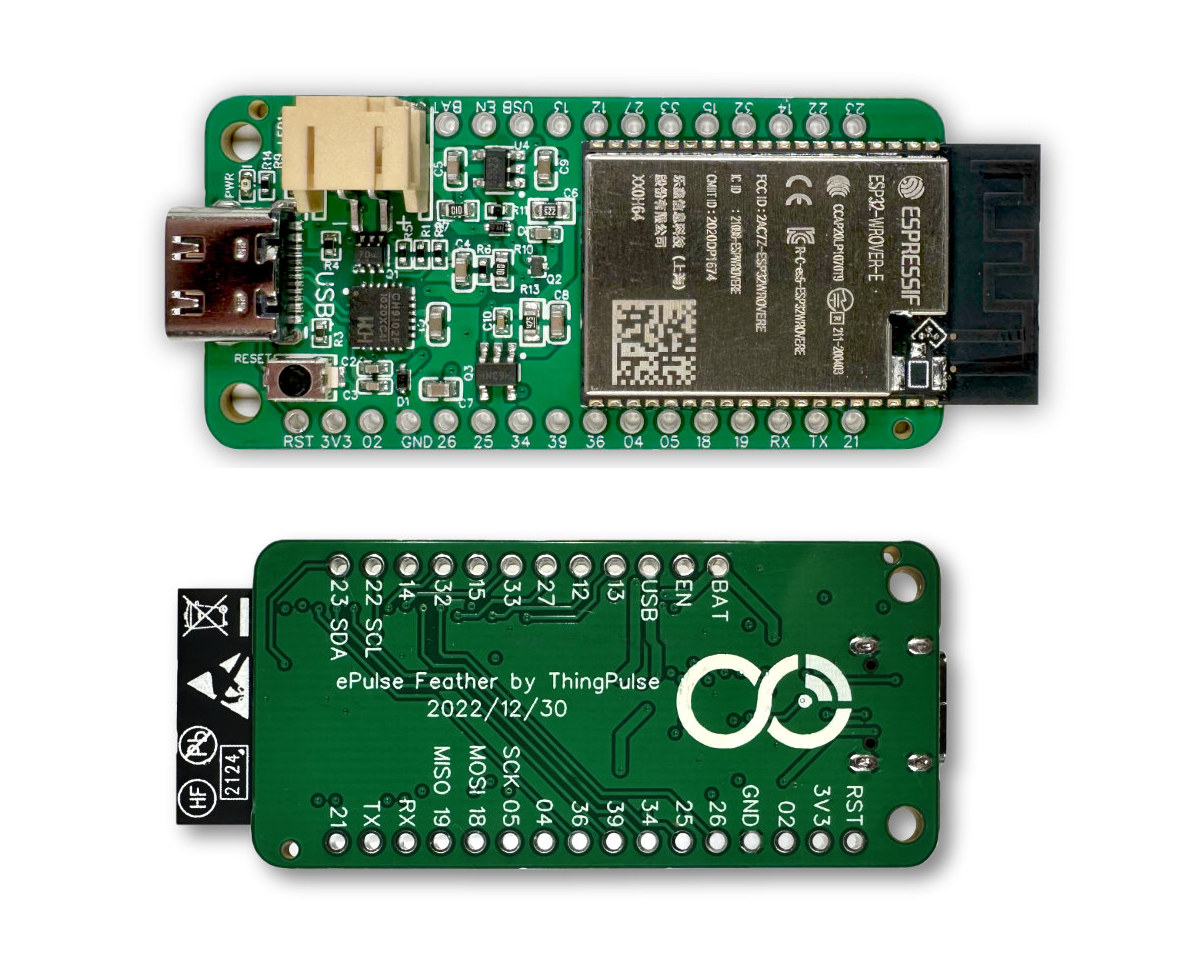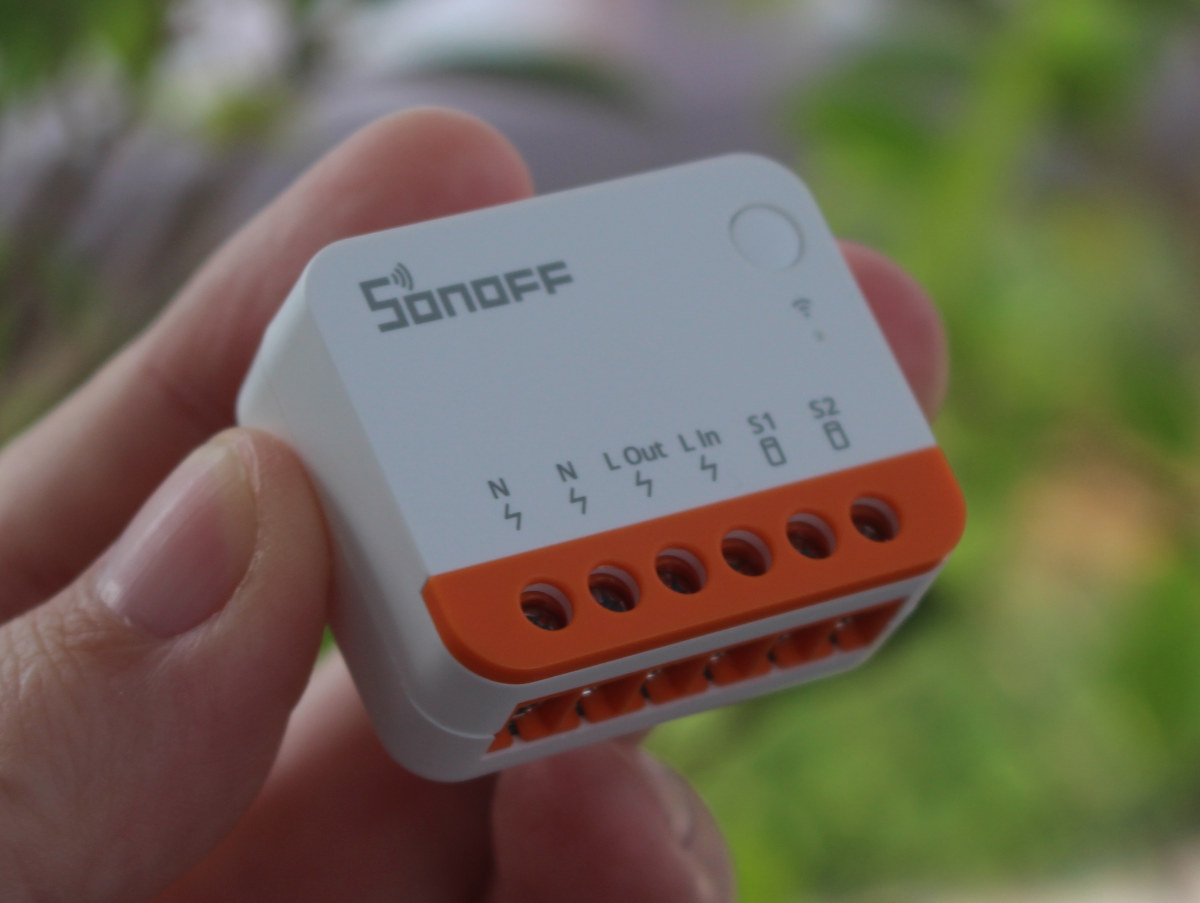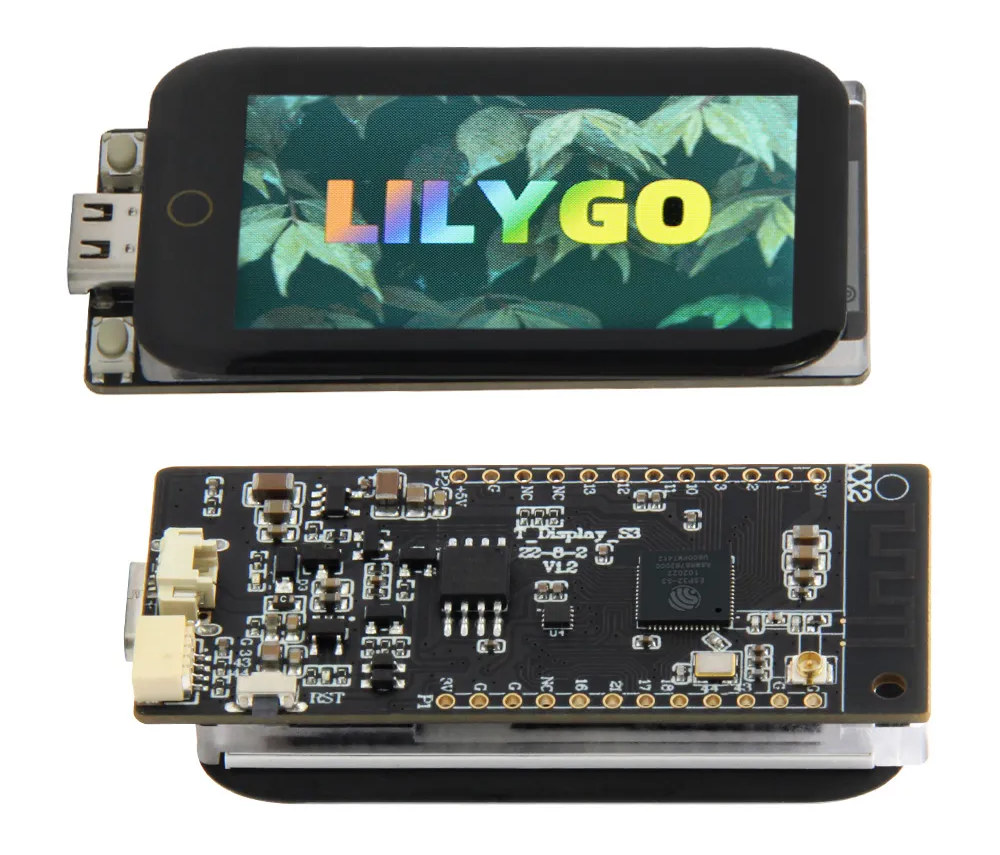Adafruit Metro M7 is a development board based on a 500 MHz NXP i.MX RT1011 Arm Cortex-M7 crossover MCU that follows Arduino UNO form factor and integrates the ESP32-based “AirLift” WiFi module for wireless connectivity. The board also comes with 4MB QSPI storage, a few LEDs and buttons, a Qwiic connector for additional expansion beyond Arduino Shields, and an SWD connector for debugging. The board takes 6V to 12V DC input via a power barrel jack, but can also be powered through its USB Type-C port. Adafruit Metro M7 specifications: SoC – NXP iMX RT1011 crossover microcontroller with an Arm Cortex-M7 clocked at 500 MHz and 128KB SRAM/TCM Storage – 4MB of QSPI XIP Flash Wireless – AirLift WiFi co-processor with TLS/SSL support (better known as ESP32-WROOM-32) USB – 1x USB Type-C port for power and programming Expansion Arduino UNO headers for Arduino shields compatibility STEMMA QT connector for I2C […]
Home Assistant compatible “ESP 360 Remote” controls infrared and 433MHz appliances over WiFi (Crowdfunding)
ESP 360 Remote is an ESP32-based IR and 433 MHz RF remote with built-in sensors used to control home appliances over WiFi and that also integrates with Home Assistant open-source home automation framework. The open-source hardware design is comprised of a mainboard with an ESP32-WROOM-32E module, temperature, humidity, and light sensors, and a board on the top with nine infrared LEDs, one IR receiver, as well as a 433 MHz (or 315 MHz) RF receiver and transmitter with the receivers used for learning the code from the remote controls. ESP 360 Remote specifications: Wireless module – ESP32-WROOM-32E with ESP32 dual-core microcontroller 4MB flash 2.4 GHz WiFi and Bluetooth LE connectivity, built-in PCB antenna, fully compatible with ESPHome firmware Control interface 9x High Power IR LEDs to control devices in all directions (hence the 360 name) IR receiver to learn remote control codes 433 MHz (or 315 MHz) RF transmitter 433 […]
IoT board supports WiFi, Bluetooth, NB-IoT, Cat-M and GNSS with ESP32-S3 and SIM7080G modules
LILYGO T-SIM7080G-S3 is an ESP32-S3 WiFi and Bluetooth IoT board with a SIMcom SIM7080G LTE Cat-M (eMTC), NB-IoT, and GNSS module for low-power long-range connectivity and asset tracking. The board also comes with a 18650 battery holder, a solar panel input, a microSD card slot, a camera port, and several I/Os and provides an alternative to the TTGO T-Beam ESP32 board that relies on LoRaWAN for long-range connectivity instead. LILYGO T-SIM7080G-S3 specifications: Wireless modules Espressif ESP32-S3-WROOM-1-N16R8 module with ESP32-S3 dual-core LX7 microprocessor @ up to 240 MHz with Vector extension for machine learning, 16MB flash, 8MB PSRAM, WiFi 4 and Bluetooth 5 LE/Mesh SIMCom SIM7080G global multi-band Cat-M and NB-IoT module with GNSS Bands: Cat-M – B1/B2/B3/B4/B5/B8/B12/B13/B14/B18/B19/B20/B25/B26 /B27/B28/B66/B85 NB-IoT – B1/B2/B3/B4/B5/B8/B12/B13/B18/B19/B20/B25/B26/B28 /B66/B71/B85 Data rate Cat-M – Uplink: 1,119 Kbps, downlink: 589 Kbps NB-IoT: Uplink: 150 Kbps downlink: 136 Kbps LTE RF Power Class: 5 (Typ. 21dbm) GNSS – GPS, GLONASS, […]
Floppy thumb drive integrates Adafruit PyPortal display based on Microchip SAMD51 MCU
Anne Barela’s Floppy Thumb Drive project houses the Adafruit PyPortal internet display in a 3D-printed enclosure that looks like a 3.5-inch floppy disk, just a bit thicker. The computer-in-a-floppy-disk project runs CircuitPython code to list the first 12 files stored in the flash and can display photos or animations, play audio, or execute scripts. The project consists of three main parts: The Adafruit PyPortal internet display with Microchip SAMD51 (ATSAMD51J20) Arm Cortex-M4F microcontroller @ up to 120 MHz with 1 MB flash, 256 KB SRAM Display – 3.2-inch 320 x 240 color TFT display with resistive touchscreen Audio – Speaker Storage 8MB flash storage optional microSD card (not used in the project). ESP32 for WiFi and Bluetooth connectivity (not used in the project) Sensors – Light and Temperature sensors Misc – NeoPixel RGB Micro USB to USB cable 3D printed files for the front cover, back door, front door, disk, […]
LILYGO T-TWR is an ESP32-S3 board with an SA868 Walkie-Talkie module
LILYGO T-TWR is an ESP32-S3 development board fitted with an SA868 Walkie-Talkie module and a UHF or VHF antenna, a speaker, a microphone, a small 0.96-inch OLED, and a 18650 battery holder, plus some I/Os for expansion. Equipped with an ESP32-S3-WROOM-1-16NR8 module, the T-TWR offers WiFi 4 and Bluetooth 5.0 connectivity, a dual-core processor with 16MB flash and 8MB PSRAM, and enables users to design their own Walkie-Talkie, while its expansion capabilities allow the control of devices. LILYGO T-TWR specifications: Wireless module – Espressif ESP32-S3-WROOM-1-N16R8 module with ESP32-S3 dual-core LX7 microprocessor @ up to 240 MHz with Vector extension for machine learning, 16MB FLASH, 8MB PSRAM, WiFi 4 and Bluetooth 5 LE/Mesh Display – 0.96-inch OLED with 128×64 resolution based on SSD1306 I2C display driver SA868 Walkie-Talkie module based on RDA1846S chip Bandwidth: 12.5 kHz/25 kHz Sensitivity: -124 dBm Support 1.6W or 1.8W mode. The latter is not recommended due […]
ePulse Feather ESP32 development board is optimized for low power consumption (in deep sleep)
Thingpulse ePulse Feather is an ESP32 development board following Adafruit’s Feather form factor and optimized for low power with 12 to 27 uA deep sleep power consumption. The board is based on the ESP32-WROVER with 8MB Flash and 8MB SPRAM and comes with a USB-C connector for charging the battery and programming through a CH9102F UART chip, as well as the I/Os headers provided by the Feather form factor. The board can be especially useful in battery-operated WiFi remote controls for home automation or other purposes that sleep most of the time until the user presses one of the buttons. ThingPulse ePulse Feather specifications: Wireless module – Espressif Systems ESP32-WROVER-E-N8R8 module with ESP32-D0WD-V3 or ESP32-D0WDR2-V3 dual-core microcontroller @ 240 MHz with 8MB QSPI flash, 8MB QSPI PSRAM USB – 1x USB Type-C port for power/charging and programming via CH9102F UART to TTL chip. Expansions – 12-pin + 16-pin headers with […]
SONOFF MINI Extreme (MINIR4) ESP32 WiFi smart switch can fit into most gang boxes
SONOFF MINI Extreme (aka MINIR4) is a ridiculously small WiFi smart switch based on ESP32 wireless microcontroller and designed to be connected to a load such as a light bulb and a wall switch that can be a momentary switch, a door exit switch, an SPDT switch, a latching switch, or even dry contact sensors. The tiny form factor (39.5×33 x16.8mm) enables the WiFi smart switch to fit into various boxes, even the smaller European gang boxes. Just like other SONOFF home automation devices, the MINIR4 works with eWelink mobile app, but it also implements some new interesting features such as the ‘Detach Relay’ mode. SONOFF MINI Extreme (MINIR4) specifications: MCU – Espressif Systems ESP32 dual-core wireless microcontroller Connectivity 2.4 GHz WiFi 4 Bluetooth LE used for pairing Input – 100-240V ~ 50/60Hz 10A Max Output – 100-240V ~ 50/60Hz 10A Max (resistive load) Dimensions – 39.5 x 33 x […]
T-Display-S3 Touch ESP32-S3 board adds a touchscreen panel
T-Display-S3 Touch is an update to the T-Display-S3 “Basic” ESP32-S3 board that adds a 320×170 touchscreen using a CST816 I2C touchscreen sensor. The rest of the specifications remains the same with an ESP32-S3R8 dual-core WiFi and Bluetooth LE microcontroller, 16MB flash, a 1.9-inch 320×170 color display, a USB Type-C port, a few I/Os, and support for a LiPo battery. T-Display-S3 Touch specifications: Wireless MCU – Espressif Systems ESP32-S3R8 dual-core Tensilica LX7 @ up to 240 MHz with vector instructions for AI acceleration, 512KB RAM, 8MB PSRAM, wireless connectivity Storage – 16MB flash Connectivity via ESP32-S3 2.4 GHz 802.11 b/g/n Wi-Fi 4 with 40 MHz bandwidth support Bluetooth Low Energy (BLE) 5.0 connectivity with long-range support, up to 2Mbps data rate. PCB antenna and external u.FL antenna support Display – 1.9-inch 320×170 IPS full-color LCD using the ST7789V 8-bit parallel display controller and Shenzhen Zhengxin CST816 I2C touchscreen sensor. USB – […]


